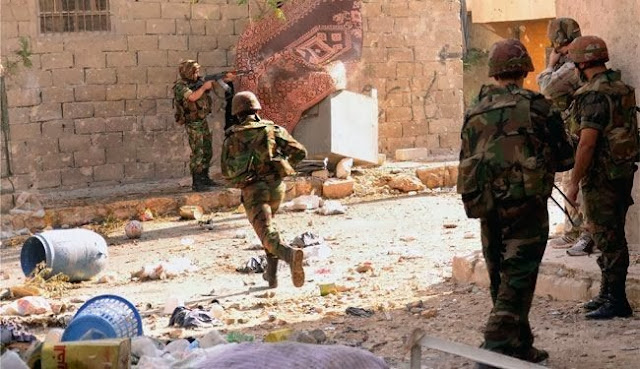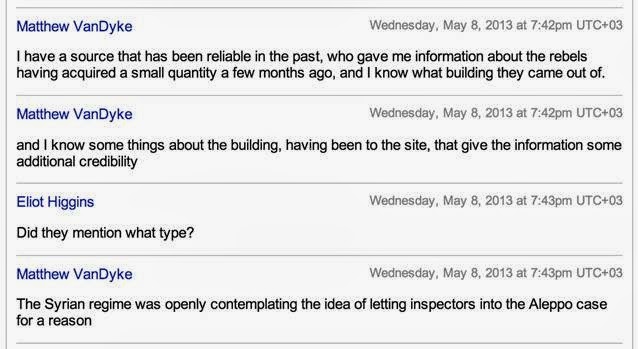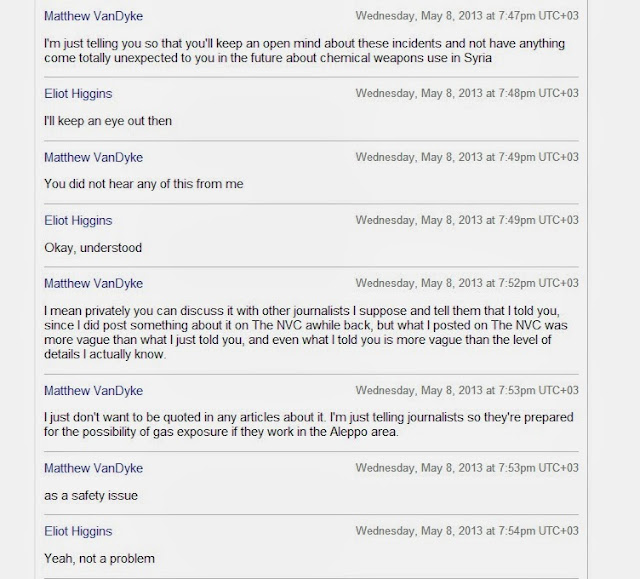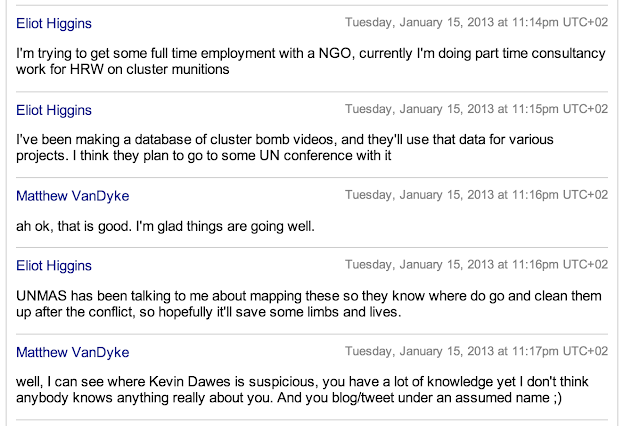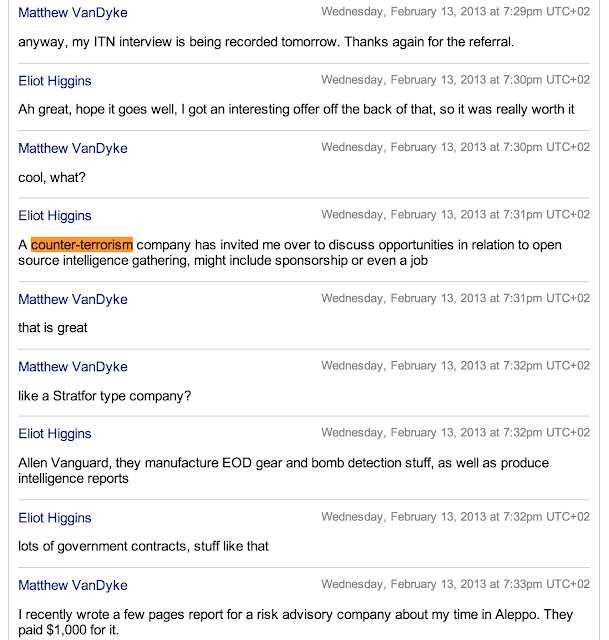NOVANEWS

Barack Obama did not tell the whole story this autumn when he tried to make the case that Bashar al-Assad was responsible for the chemical weapons attack near Damascus on 21 August. In some instances, he omitted important intelligence, and in others he presented assumptions as facts. Most significant, he failed to acknowledge something known to the US intelligence community: that the Syrian army is not the only party in the country’s civil war with access to sarin, the nerve agent that a UN study concluded – without assessing responsibility – had been used in the rocket attack. In the months before the attack, the American intelligence agencies produced a series of highly classified reports, culminating in a formal Operations Order – a planning document that precedes a ground invasion – citing evidence that the al-Nusra Front, a jihadi group affiliated with al-Qaida, had mastered the mechanics of creating sarin and was capable of manufacturing it in quantity. When the attack occurred al-Nusra should have been a suspect, but the administration cherry-picked intelligence to justify a strike against Assad.
“To undermine Iran, which is predominantly Shiite, the Bush Administration has decided, in effect, to reconfigure its priorities in the Middle East. In Lebanon, the Administration has coöperated with Saudi Arabia’s government, which is Sunni, in clandestine operations that are intended to weaken Hezbollah, the Shiite organization that is backed by Iran. The U.S. has also taken part in clandestine operations aimed at Iran and its ally Syria. A by-product of these activities has been the bolstering of Sunni extremist groups that espouse a militant vision of Islam and are hostile to America and sympathetic to Al Qaeda.”
The administration’s distortion of the facts surrounding the sarin attack raises an unavoidable question: do we have the whole story of Obama’s willingness to walk away from his ‘red line’ threat to bomb Syria? He had claimed to have an iron-clad case but suddenly agreed to take the issue to Congress, and later to accept Assad’s offer to relinquish his chemical weapons. It appears possible that at some point he was directly confronted with contradictory information: evidence strong enough to persuade him to cancel his attack plan, and take the criticism sure to come from Republicans.
In the blue corner, Seymour Hersh, one of America’s most famous and highly paid investigative reporters. In the red corner,
Eliot Higgins, who sits at home in an English provincial town trawling the internet and tweets and blogs about his findings under the screen name Brown Moses.
On Sunday, in a 5,000-word article for the London Review of Books, Hersh suggested Syrian rebels, rather than the regime, could have been responsible for the chemical weapons attacks near Damascus on August 21.
On Monday, Higgins responded on the Foreign Policy website, demolishing the core of Hersh’s argument in a mere 1,700 words.
While seeking to re-ignite the “whodunnit” debate about chemical weapons, Hersh’s article unwittingly revealed a lot about the changing nature of investigative journalism. Hersh is old-school. He operates in a world of hush-hush contacts – often-anonymous well-placed sources passing snippets of information around which he constructs an article that challenges received wisdom.
The Hersh style of journalism certainly has a place, but in the age of the internet it’s a diminishing one – as the web-based work of Higgins and others continually shows.
I asked chemical weapons specialist Dan Kaszeta for his opinion on that. He compared the possibility of Jabhat al-Nusra using chemical weapons to another terrorist attack involving sarin: the 1996 gassing of the Tokyo subway by the Aum Shinrikyo cult.
“The 1994 to 1996 Japanese experience tells us that even a very large and sophisticated effort comprising many millions of dollars, a dedicated large facility, and a lot of skilled labor results only in liters of sarin, not tons,” Kaszeta said. “Even if the Aug. 21 attack is limited to the eight Volcano rockets that we seem to be talking about, we’re looking at an industrial effort two orders of magnitude larger than the Aum Shinrikyo effort. This is a nontrivial and very costly undertaking, and I highly doubt whether any of the possible nonstate actors involved here have the factory to have produced it. Where is this factory? Where is the waste stream? Where are the dozens of skilled people — not just one al Qaeda member — needed to produce this amount of material?”
The United States and some European allies are using defense contractors to train Syrian rebels on how to secure chemical weapons stockpiles in Syria, a senior U.S. official and several senior diplomats told CNN Sunday.
The training, which is taking place in Jordan and Turkey, involves how to monitor and secure stockpiles and handle weapons sites and materials, according to the sources. Some of the contractors are on the ground in Syria working with the rebels to monitor some of the sites, according to one of the officials.

